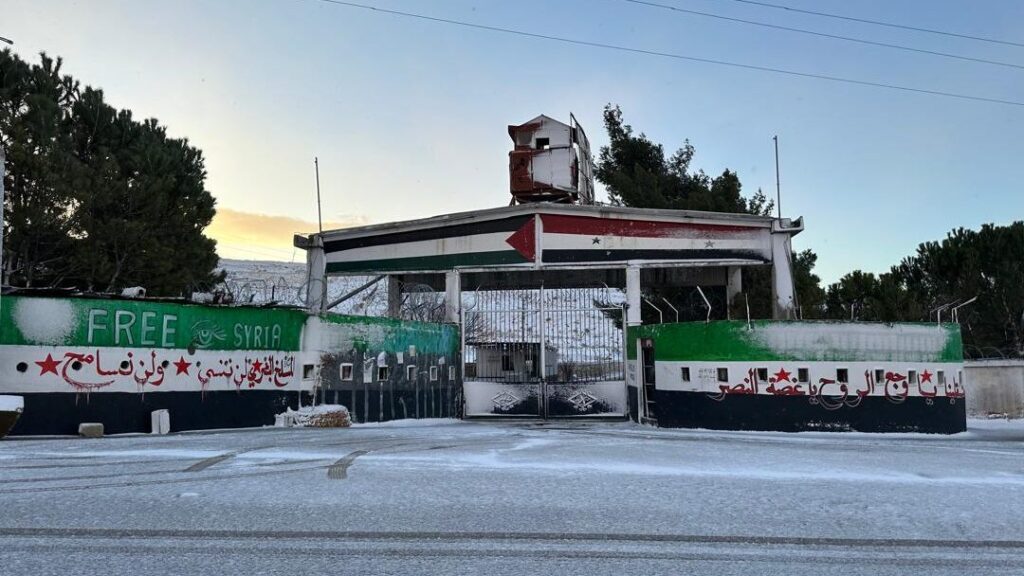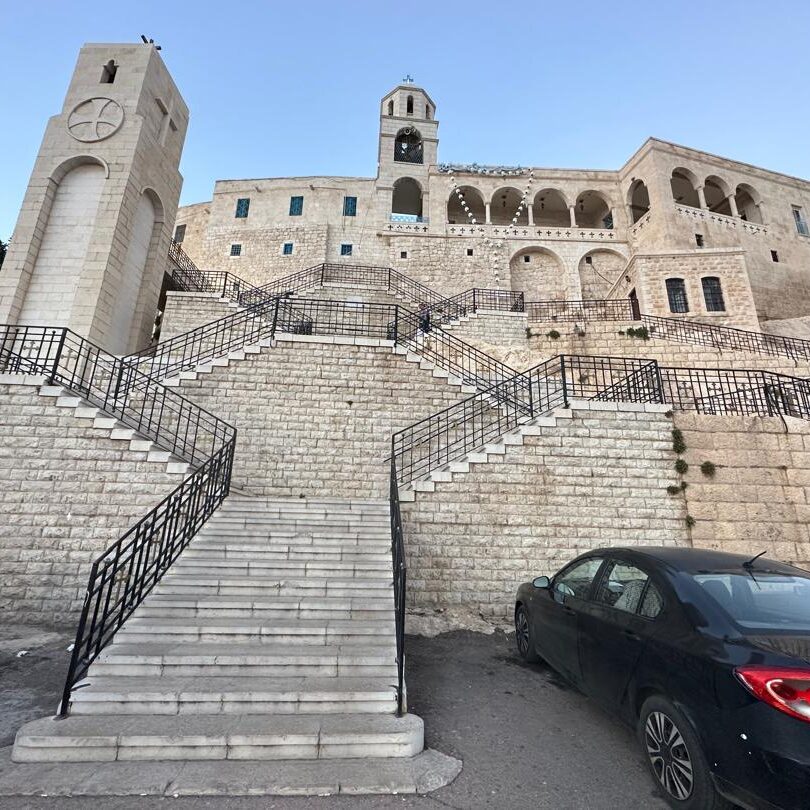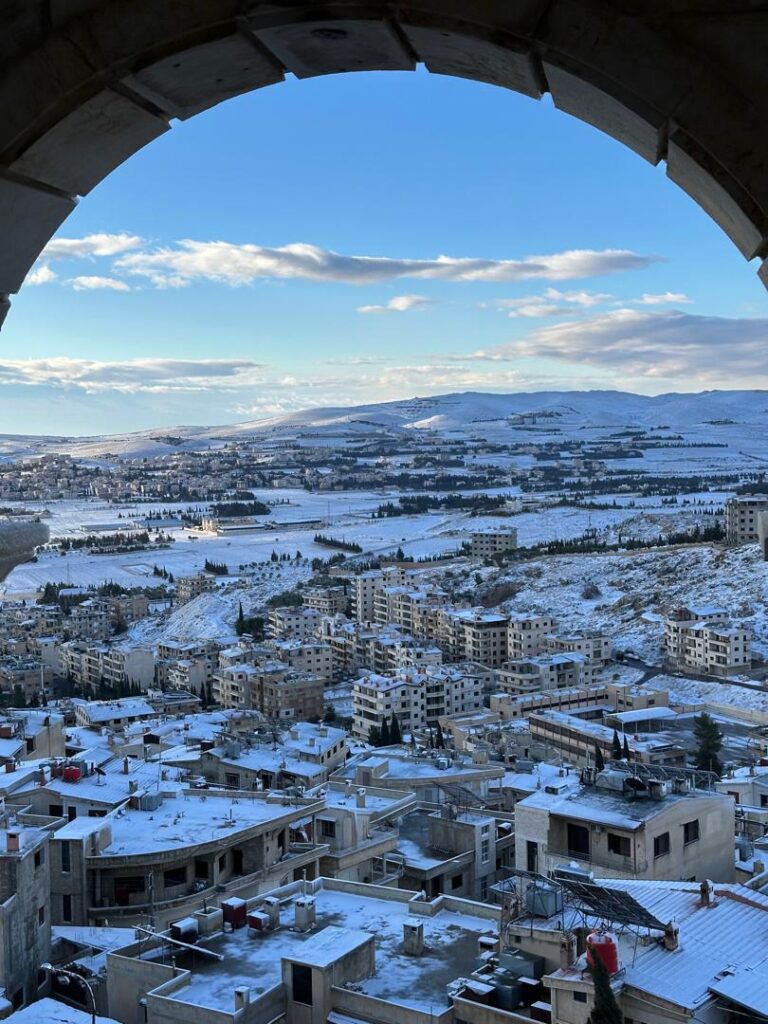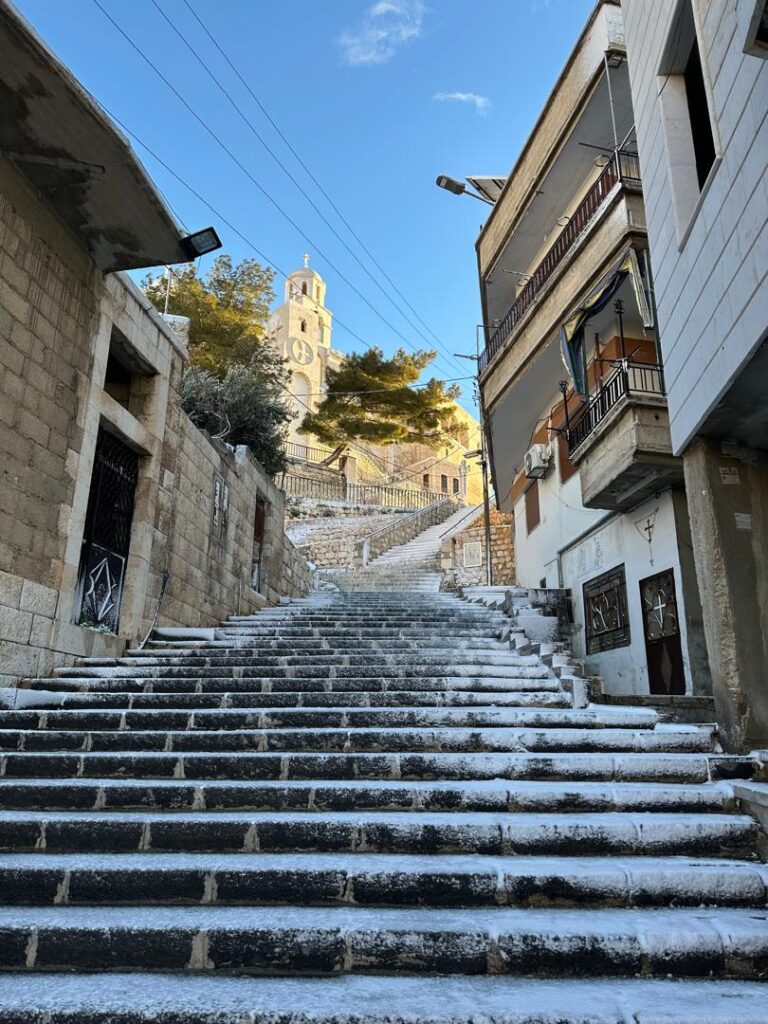Sednaya, a village perched in the mountains of Syria, holds a name that resonates with two starkly contrasting images. On one side, it is home to the notorious Sednaya Prison, a place of suffering and oppression, often referred to as the “Human Slaughterhouse.” On the other, it is a town of immense historical and spiritual significance, with ancient monasteries, stunning landscapes, and a deep-rooted tradition of religious coexistence. To understand Sednaya fully, one must look at both of these realities.

The Dark Shadow of Sednaya Prison
Sednaya Prison, located just north of Damascus, has long been one of the most infamous detention centers in Syria. Under the Assad regime, it became a site of extreme human rights abuses, including mass executions, torture, and inhumane conditions. Reports from organizations such as Amnesty International and the Syrian Observatory for Human Rights have documented the horrific treatment of prisoners within its walls. Since the start of the Syrian conflict, tens of thousands of detainees have reportedly lost their lives due to torture, starvation, and mass executions.

In December 2024, as rebel forces advanced into Damascus, Sednaya Prison fell into their hands. This moment marked a significant shift, as many remaining prisoners were freed, and the world got a closer look at the horrors that had unfolded inside. The prison administration, facing inevitable defeat, agreed to surrender in exchange for safe withdrawal. What was once a symbol of oppression had changed hands, but the scars of its past remain.
The Other Side of Sednaya: A Place of Faith and Beauty
However, it would be a mistake to remember Sednaya only for its prison. The village itself is a place of remarkable beauty and spiritual significance. Sitting 1,500 meters above sea level, Sednaya enjoys breathtaking views, fresh mountain air, and a long history of religious importance. It is most famous for the Monastery of Our Lady of Sednaya, a Greek Orthodox convent believed to have been founded by Byzantine Emperor Justinian I in the 6th century.

The monastery houses an ancient icon of the Virgin Mary, known as the Shaghurah, which is revered by both Christians and Muslims. Pilgrims from around the world visit Sednaya seeking blessings, healing, and a renewed sense of faith. The convent, with its centuries-old traditions, remains a beacon of hope and spirituality despite the turmoil that has engulfed Syria.
Beyond the monastery, Sednaya is home to more than 40 chapels and religious sites, including the stunning Cherubim Monastery, perched at 2,000 meters above sea level. Overlooking the fertile plains of Damascus and the mountains of Lebanon, it features a towering 33-meter statue of Jesus Christ, a symbol of peace in a land that has seen too much conflict.

A Village Not Defined by Its Dark Past
While Sednaya Prison may be a grim reminder of Syria’s recent history, it should not be the sole association with the village’s name. Sednaya is also a place of resilience, faith, and cultural richness. It has stood for centuries as a center of Christian heritage, where religious diversity flourished and where both Christians and Muslims shared in the reverence of its sacred sites.
As Syria moves forward, the hope is that Sednaya will be remembered not just for its prison but for its beauty, its monasteries, and the unwavering spirit of its people. It is a village of contrasts, but one that ultimately stands as a testament to endurance and faith in the face of darkness.

For those interested in visual insights into Sednaya Prison, check out these videos:
- Bald and Bankrupt explores the area and its eerie atmosphere in his video: Watch here.
- Douglas Bernard provides an in-depth look with historical context: Watch here.
If you are joining one of our Syria group tours, you will have the chance to visit both the prison and the village itself to have the complete image of the Syrian history.
